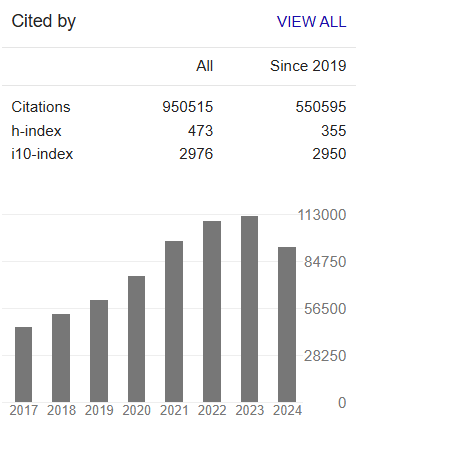Strategies for Separating and Recycling Textile Blends
Abstract
Sasi Kumar U, Suman Mundkur and Ashok Athalye
With the growing environmental issues caused by the overuse of non-biodegradable synthetic materials, attention has switched to sustainable textile fibres and a circular economy utilising the recycling method. The growing human population, improved living standards, increasing per capita consumption, and the fast fashion trend are generating a huge volume of post-consumer textile waste. Such solid waste is a major cause of concern as whether it goes for landfilling or incineration, it impacts the environment. The blend of natural and synthetic fibres is widely used in various textile materials to achieve the required performance. Blends must undergo end-of-life (EoL) treatments since they are difficult to dispose of. Blend recycling is difficult because of their mixed compositions and properties, so sorting becomes tedious. Single-component textile wastes are pretty easy to recycle than that blend compositions. This article elaborates on the different blends used in textile materials, their uses, and separation methods.



